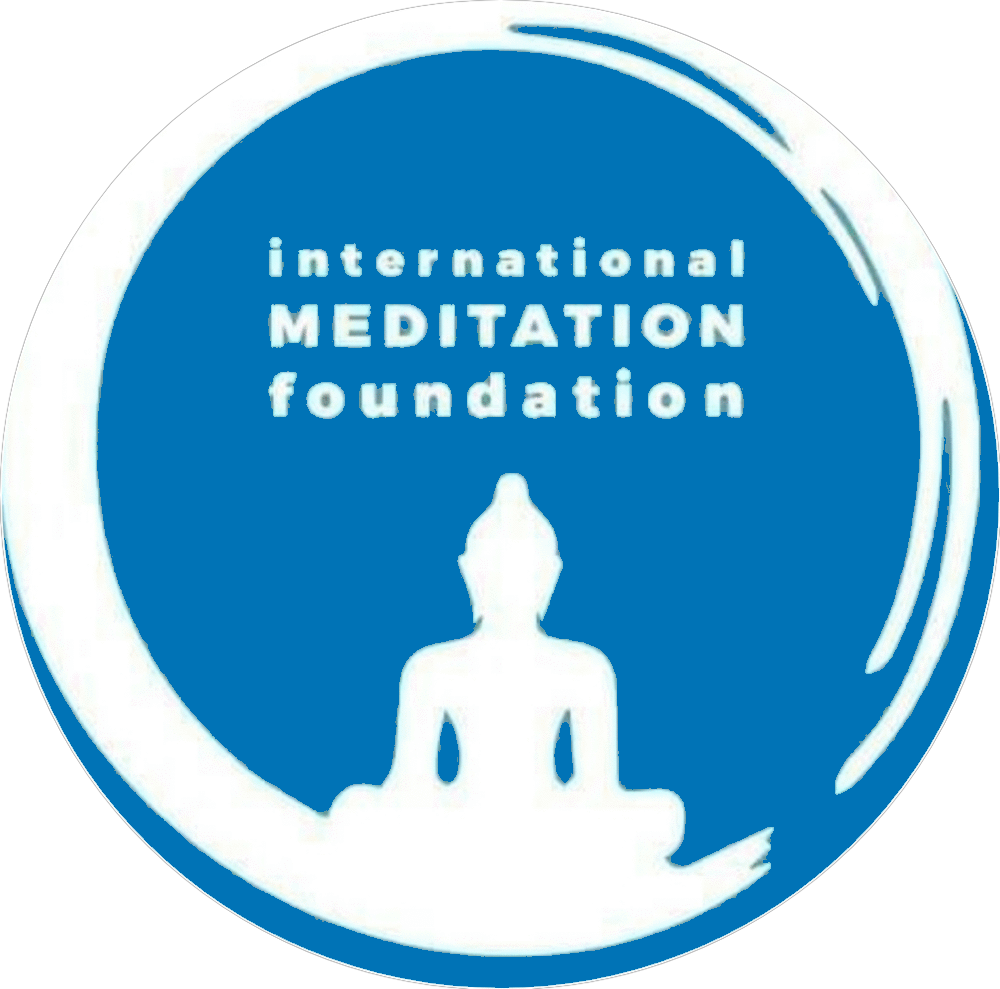Vipassana is so simple that even a child can do it.
In fact, a child may do it better than you—because their mind is still clear, untouched by the noise and clutter of thoughts. Innocence is a powerful foundation for awareness.
Three Ways to Practice Vipassana
You can practice Vipassana in three distinct ways. Choose what resonates with you—or blend them. What matters is awareness.
1. Awareness of Actions, Body, Mind, and Emotions
Be present in every movement—whether you’re walking, eating, bathing, or simply lifting your hand. Don’t move like a machine. Move with full awareness.
Observe your mind. Watch thoughts arise and fade, like clouds drifting in the sky.
Observe your emotions. Notice a wave of joy or a shade of sadness, but don’t label them, don’t cling or resist.
Just witness. Be choicelessly aware.
Like a watcher on a hill, see all the changing weather in the valley below—yet remain untouched.
This form of Vipassana is especially natural for women. Their innate sensitivity to the body, to grace, to subtleties—gives them an intuitive advantage in this method. Even in the womb, a girl is still, serene, quietly growing—while a boy kicks and fidgets and tries to announce himself. The difference is not just cultural, it is biological.
2. Awareness of the Belly – the Center of Life
Watch your breath as it moves the belly. As you inhale, feel the rise. As you exhale, feel it fall.
The navel is where life begins. It connects you to the mother, to nourishment, to existence itself.
Breathing from the belly brings you closer to your center. It’s simple and powerful.
No need to observe thoughts or emotions—just the rise and fall of the belly. That alone can dissolve the chatter of the mind and the noise of moods.
It’s a single-pointed awareness—often easier for beginners.
3. Awareness of Breath at the Nostrils
Observe your breath as it enters and exits the nostrils.
Feel the coolness as it flows in… the warmth as it flows out.
This method is often easier for men—who tend to breathe shallow, into the chest. Social conditioning, especially in athletics, encourages men to puff the chest and hold in the belly. But true, natural breathing comes from the belly—like a sleeping baby breathes.
Interestingly, in Japan, this natural way is honored. That’s why a Japanese statue of Buddha often has a larger belly—because he breathes from the center, not from the chest. It may not look “athletic,” but it’s deeply relaxed and profoundly meditative.
At night, when you sleep, your body naturally shifts to belly breathing. That’s why sleep is so rejuvenating.
You Can Combine All Three
You can choose any one method. Or combine two. Or even all three.
The more total your awareness, the deeper your silence. But always remember:
Easy is right.
As awareness deepens, the mind grows still. The ego fades. You remain—but there is no ‘I’.
Then you are ready. Open. Receptive.
And in that ripeness, enlightenment arrives—not as an achievement, but as a flowering.
The old self dissolves, and a new being is born.
And Now, a Reminder to Let Go…
Don’t hold on too long. Let go.
When the moment is right, it happens effortlessly.
That’s the magic of Vipassana—silent, simple, and utterly transformative.

Leave a Reply